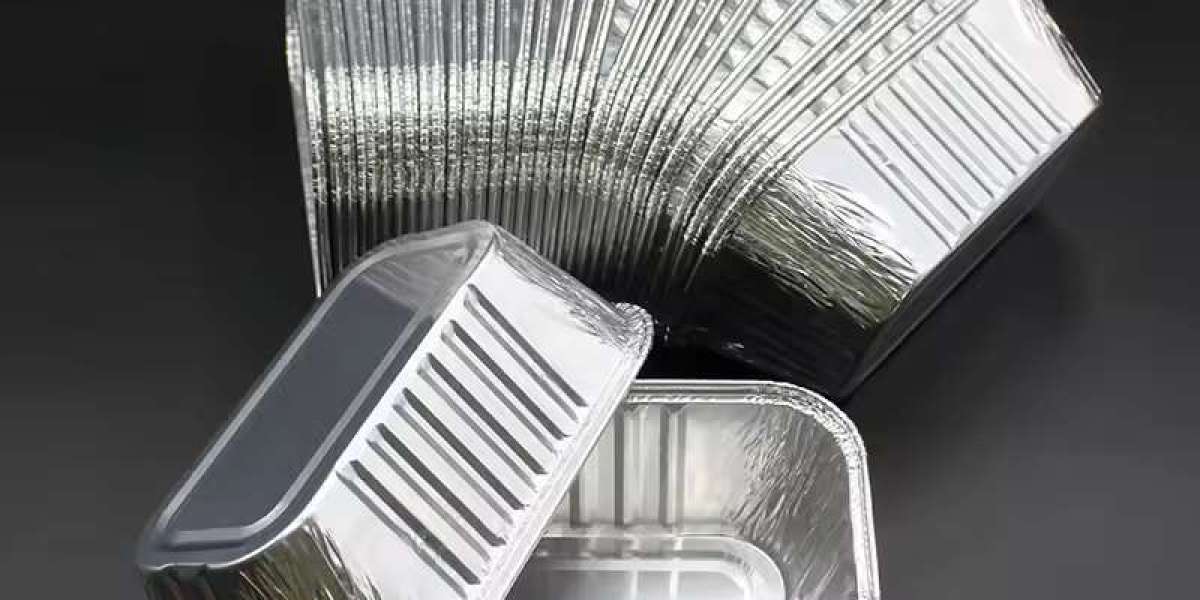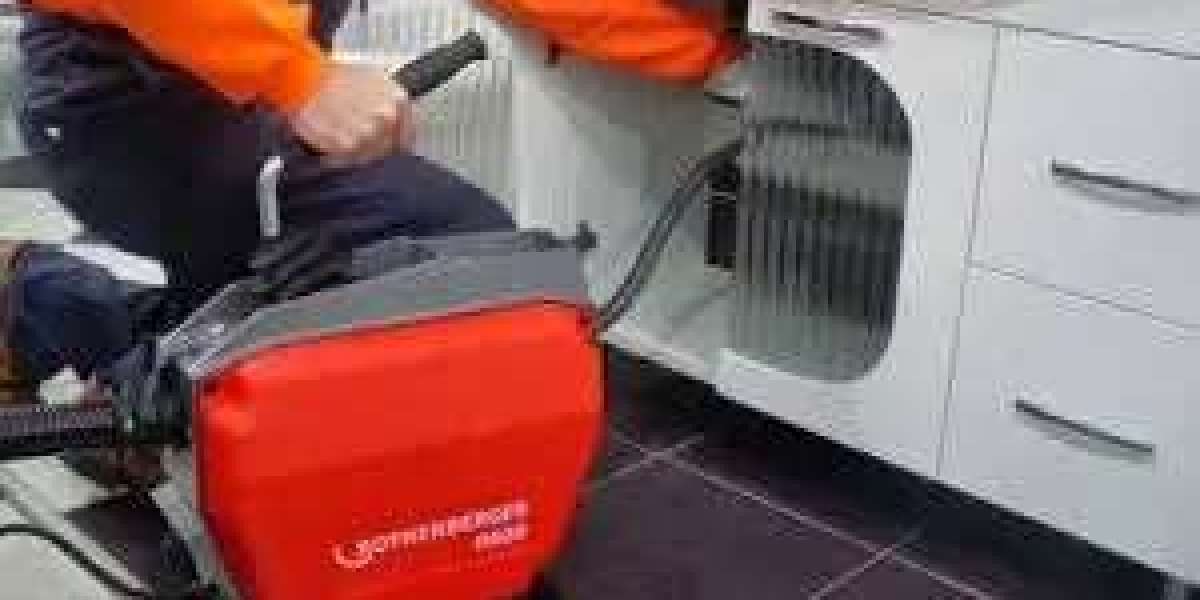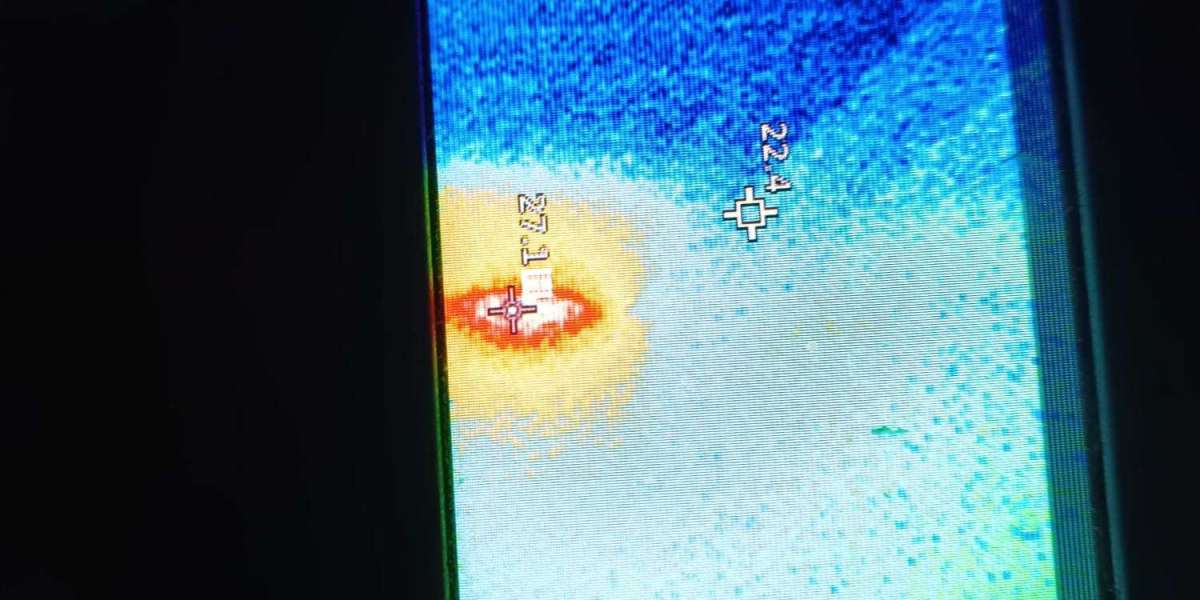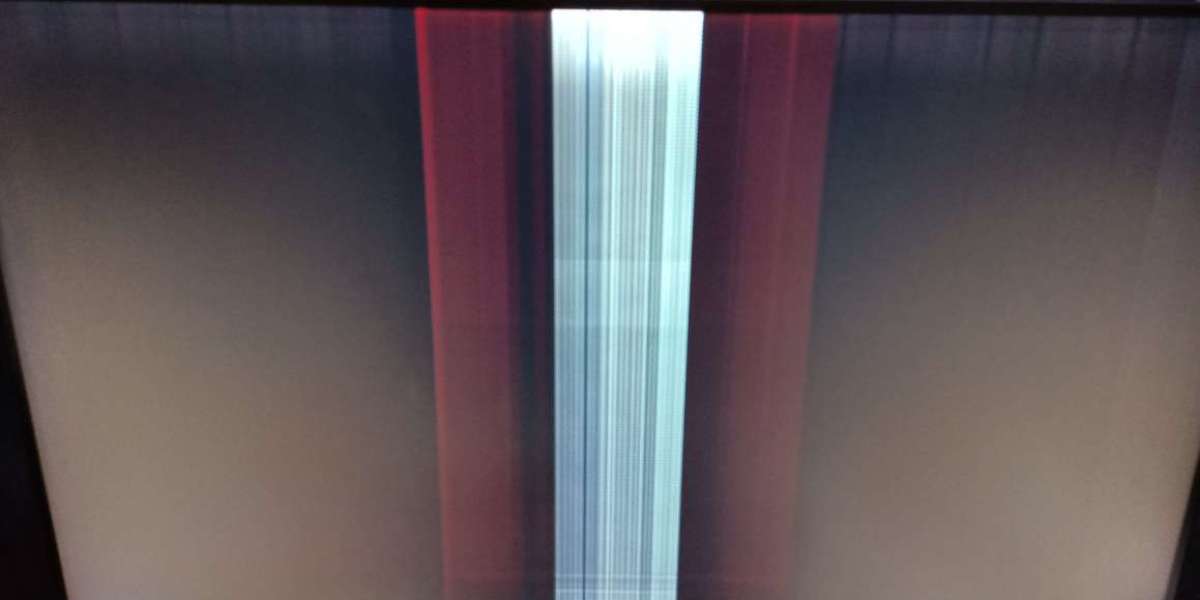Introduction
Foil pans are a kitchen staple, cherished for their versatility and convenience. Understanding the myriad sizes available can be a game-changer, ensuring your culinary creations turn out just right. From baking the perfect cake to roasting a succulent turkey, the right foil pan size plays a crucial role. Let’s dive into the world of disposable pans and explore the foil pan sizes that can transform your cooking experience.
Standard Foil Pan Sizes
Small Foil Pans
Small foil pans typically measure around 5 x 3 inches. They are perfect for individual servings or small side dishes. Commonly used for baking single-serving desserts like brownies or mini quiches, these pans are also handy for organizing ingredients or crafting small appetizers.
Medium Foil Pans
Medium foil pans usually come in sizes such as 7 x 5 inches or 8 x 6 inches. These pans are ideal for cooking casseroles, small roasts, or even as a baking dish for a loaf of bread. They strike a balance between capacity and manageability, making them a favorite for everyday cooking tasks.
Large Foil Pans
With dimensions of approximately 9 x 13 inches or 10 x 15 inches, large foil pans offer ample space for larger recipes. Whether you're preparing a hearty lasagna or a batch of cookies, these pans provide the room needed for substantial quantities. They are also commonly used for roasting meats and vegetables.
Extra-Large Foil Pans
Extra-large foil pans, often measuring 12 x 20 inches or more, are the go-to for big gatherings and events. These pans are designed to accommodate large quantities, making them perfect for family reunions or holiday feasts. They can handle everything from full turkeys to massive casseroles with ease.
Specialty Foil Pan Sizes
Baking Pans
Round Foil Pans
Round foil pans, generally sized at 8 or 9 inches in diameter, are a staple for baking cakes and pies. Their shape ensures even cooking and provides a classic presentation for round desserts. They’re also great for single-layer cakes and can double as a deep dish pizza pan.
Square Foil Pans
Square foil pans, often 8 x 8 or 9 x 9 inches, are ideal for brownies and bar cookies. Their shape allows for even distribution of batter and is perfect for recipes that benefit from a uniform bake. They’re also a practical choice for storing leftovers.
Rectangular Foil Pans
Rectangular foil pans come in various sizes, such as 9 x 13 inches or 11 x 17 inches. These pans are excellent for baking sheet cakes, roasting vegetables, or making lasagna. Their shape provides a large surface area, which is perfect for recipes that need a broad, even cooking surface.
Roasting Pans
Shallow Roasting Pans
Shallow roasting pans are typically about 2 inches deep and are perfect for roasting vegetables or cooking delicate meats that benefit from a quick roast. Their shallow design helps achieve a crispy exterior while keeping the food moist inside.
Deep Roasting Pans
Deep roasting pans, often 3 to 4 inches in depth, are ideal for larger cuts of meat or dishes that require more liquid, like braises. They offer more capacity to accommodate drippings and make it easier to create rich, flavorful sauces.
Catering Pans
Half-Size Catering Pans
Half-size catering pans usually measure 12 x 10 inches and are commonly used for buffet-style serving. They are perfect for moderate quantities of food, such as side dishes or smaller entrees, making them versatile for various occasions.
Full-Size Catering Pans
Full-size catering pans, often 20 x 12 inches, are designed for large-scale food preparation. These pans are ideal for big events and gatherings, allowing you to cook and serve substantial quantities of food, from roast meats to large pasta dishes.
Comparing Foil Pan Sizes
Standard vs. Specialty Sizes
Standard foil pans are typically used for everyday cooking, while specialty sizes are designed for specific tasks. Understanding the differences helps in selecting the most appropriate pan for your needs, ensuring optimal results and convenience.
Conversion and Substitution Tips
When substituting one size of foil pan for another, it’s important to adjust cooking times and temperatures as needed. A pan that is too small might overflow, while a pan that is too large might lead to uneven cooking.
Choosing the Right Foil Pan Size for Different Recipes
Baking Cakes and Muffins
For cakes and muffins, the pan size affects the baking time and texture. Smaller pans will yield thicker cakes with longer baking times, while larger pans will produce thinner cakes that cook more quickly.
Roasting Meats and Vegetables
Selecting the right pan size for roasting ensures even cooking and proper browning. Larger pans allow more room for heat circulation, while smaller pans might result in overcrowding and uneven roasting.
Preparing Large Batches of Food
When preparing large batches, choose extra-large or catering pans to accommodate the volume. This not only makes cooking more efficient but also simplifies serving and cleanup.
Tips for Using Foil Pans
Enhancing Food Release
To enhance food release from foil pans, line them with parchment paper or lightly grease the surface. This helps in preventing sticking and ensures your food comes out in one piece.
Preventing Overflows and Spills
Avoid overfilling foil pans to prevent spills and messy overflows. Leave some space at the top to accommodate expansion, especially when baking or roasting dishes with rising ingredients.
Storing and Reusing Foil Pans
Foil pans are often disposable, but they can be reused if properly cleaned and stored. Ensure they are thoroughly washed and dried before reuse to avoid any residual odors or flavors from previous dishes.
Environmental Considerations
Recycling Foil Pans
Many foil pans are recyclable, but it’s important to check local guidelines. Clean the pans before recycling to ensure they meet the requirements of most recycling programs.
Eco-Friendly Alternatives
Consider using eco-friendly alternatives like biodegradable pans or those made from recycled materials. These options help reduce environmental impact and promote sustainability.
Conclusion
Choosing the right foil pan size is more than just a matter of convenience; it’s essential for achieving the best cooking results. From small pans for individual servings to extra-large pans for big gatherings, each size serves a unique purpose. Keep these tips in mind to select the ideal foil pan for your needs, and enjoy stress-free cooking and baking.








